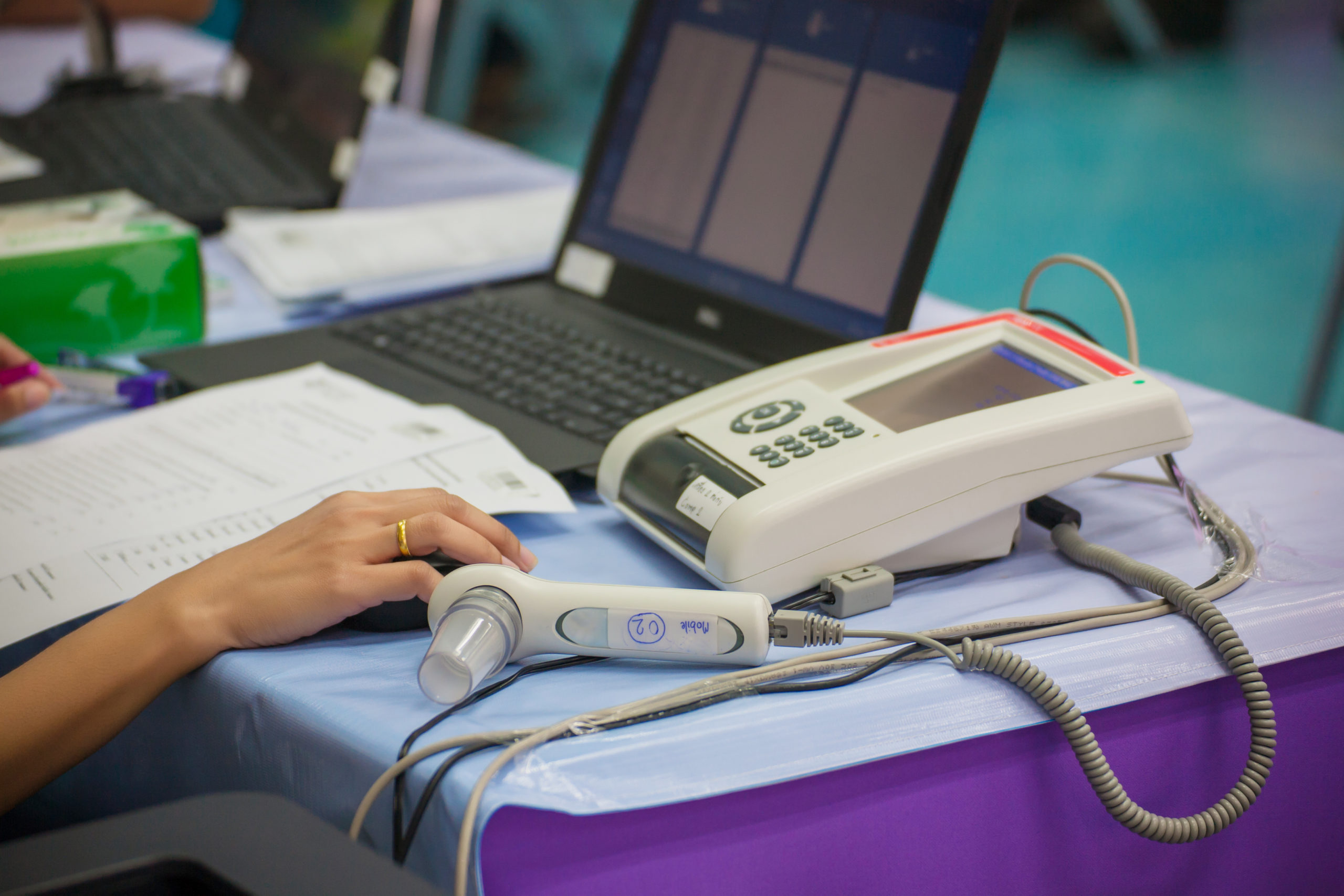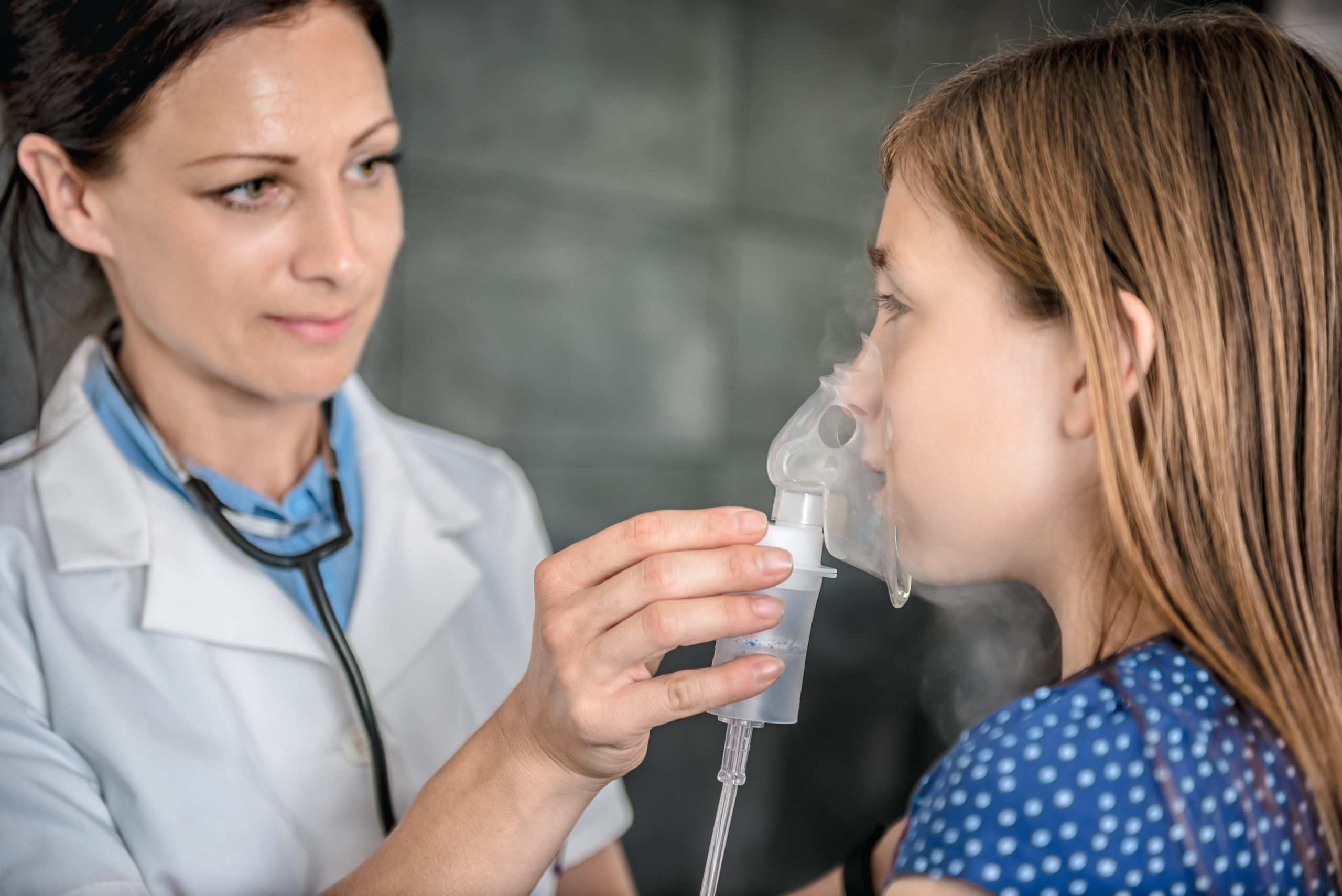Respiratory
ENO is an effective test that measures the amount of nitric oxide a patient exhales. An increased amount of nitric oxide may be associated with allergic or “eosinophilic” inflammation of the lungs and helps in determining the subtype of asthma an individual has and their short and long-term management. The ENO test is a non-invasive test (and actually fun!) whereby an individual blows into an apparatus and results are obtained within 10 min.

A peak flow meter is used to measure the amount of air pushed out of your lungs, also known as your lungs’ peak expiratory rate. You take a deep breath to blow air into the meter as quickly as possible about three times. The average value is then taken to evaluate the progression of your lung symptoms. This exercise is performed regularly at visits.

Spirometry is a breathing test we perform in-office used to check pulmonary function and helps diagnose obstructive lung diseases (e.g. asthma and COPD) and restrictive lung diseases. It’s conducted by breathing into a tube while a computer tracks your breathing rates and calculates various parameters of lung function. Spirometry is done primarily to diagnose but can be conducted in follow-up visits to monitor worsening symptoms.

By properly assessing your symptoms, health history, and breathing tests, our physicians are able to better determine which combination of asthma inhalers is best suited for you and your lifestyle. Though inhalers are common, the right inhaler or combination of inhalers is more difficult to prescribe. Inhalers fall into 6 main categories: Short and Long-Acting Bronchodilators, Short and Long-acting muscarinic antagonists, Inhaled Corticosteroids, and a Combination of inhaled steroids and bronchodilators. Along with ensuring the correct class of inhalers is considered, our team will be sure to give you a demonstration of how each inhaler should be used and properly cared for.

A nebulizer changes medication from a liquid to a mist so it can be easily inhaled. They are often used for corticosteroid medications such as budesonide, which help counter inflammation, and bronchodilators that help dilate your airways. Nebulizer treatments are especially helpful for infants or small children on asthma medications. We provide nebulizer treatments in-office in case symptoms are ongoing and help ensure the delivery of your own at-home nebulizer kit as well.

Through the years we have come to find that there is a link between Obesity and Asthma. As a result, we feel it is important to instill a nutritional and exercise plan for our patients to further help in improving outcomes for our patients. For individuals whereby food allergies play a role in eczema and severe allergic reactions we help formulate a dietary plan to help in avoiding these foods. In addition, for individuals who have other gastrointestinal conditions such as Irritable bowel syndrome we have them utilize the FODMAP (Fermentable Oligo, Di-, Mono-Saccharides and Polyols) diet to further improve their symptoms and improve quality of life.
